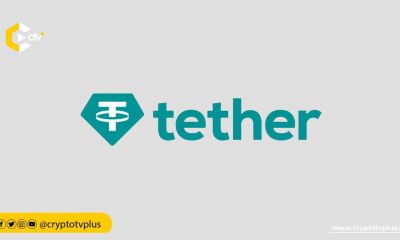News
Tether Pioneers Innovative JavaScript Libraries for Enhanced Bitcoin Mining

The development team behind Tether is on the verge of launching advanced JavaScript libraries that promise to revolutionize the way commands and interactions are managed within the Bitcoin mining ecosystem.
These state-of-the-art libraries are meticulously designed to streamline communication with major mining hardware, including popular models like WhatsMiner, AvalonMiner, and Antminer.
Tether is a cryptocurrency company famous for creating stablecoins such as Tether (USDT). Stablecoins maintain a steady value by being linked to traditional assets such as the US Dollar.
Tether’s goal is to provide a digital version of fiat currencies, allowing users to transact and store value in a cryptocurrency that remains relatively stable.
Tether has faced both popularity and controversy due to its role in the crypto market. It has also expanded to offer stablecoins pegged to other fiat currencies and explored blockchain technology for various financial solutions.
Paolo Ardoino, the Chief Technology Officer of both Bitfinex and Tether, shared the news about the JavaScript libraries. Ardoino revealed that, in the future, certain segments of the mining software might be made accessible through open-source platforms, reflecting the company’s commitment to fostering collaboration within the industry.
Further description of Tether’s Bitcoin mining software reveals that it is meant to optimize the management of mining capacities, ultimately leading to enhanced operational efficiency.
The CTO also talked about his role in the development. “I’m directly coding the core architecture of our Moria mining farm orchestration tool. All based on @Holepunch_to tech.”
Earlier, Ardoino offered insights into the functionalities of Moria, shedding light on its ability to facilitate seamless communication between various components within the Bitcoin mining ecosystem.
This streamlined and secure approach not only guarantees attack resistance but also ensures cost-efficient operations. To enhance data security during transmission and command receipt, each miner will be equipped with a unique public/private key.
This encryption mechanism leverages hyper cores (for data streaming) and hyper swarms (for command reception), setting the stage for a sophisticated and robust communication infrastructure.
By adopting this approach, Tether aims to simplify firewall configurations, enhance resilience against potential failures, enable replication across multiple sites, and ensure greater modularity and maintainability compared to previous endeavors.
Read also; Singapore’s MAS Injects S$150 Million to Ignite Financial Tech Revolution
























